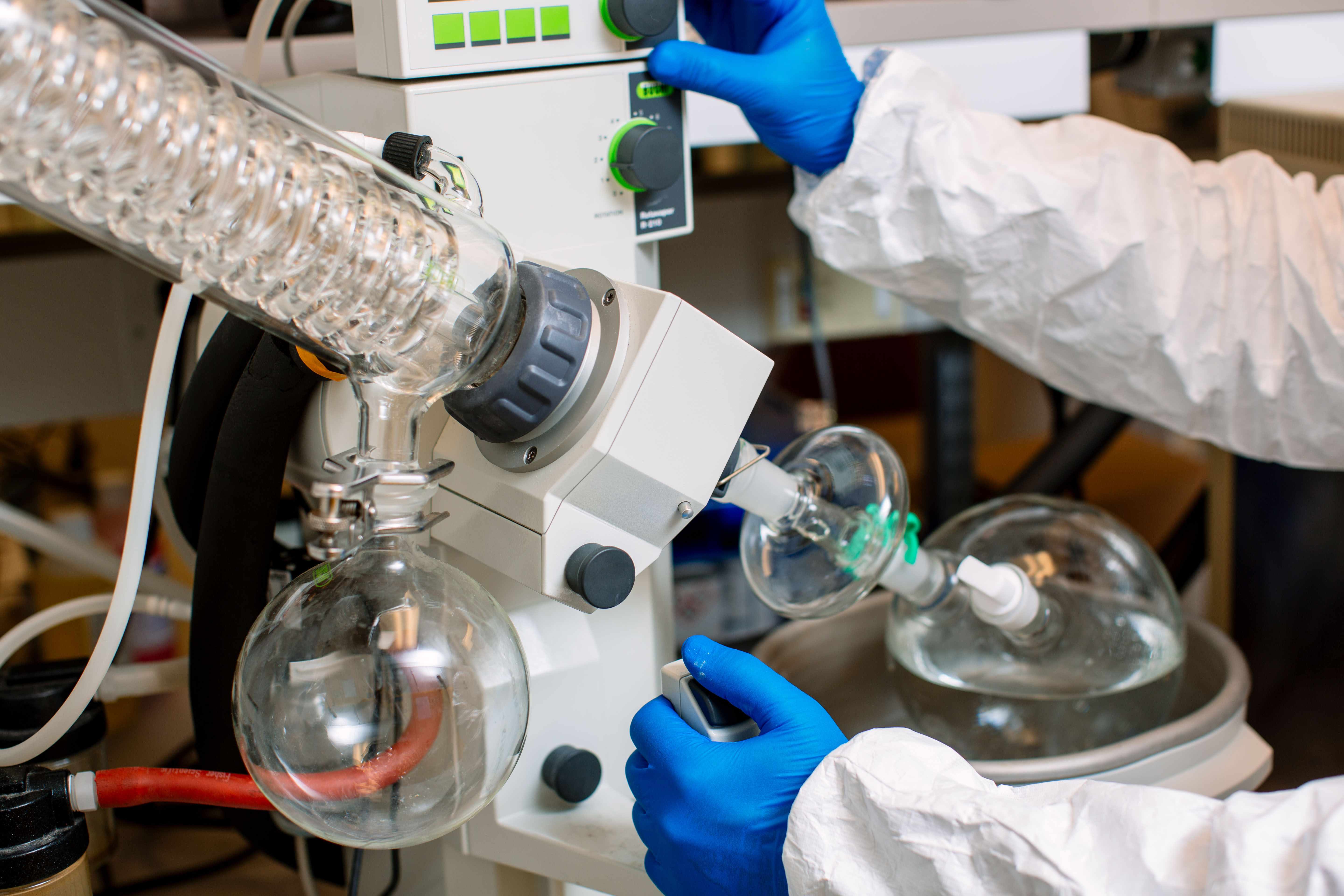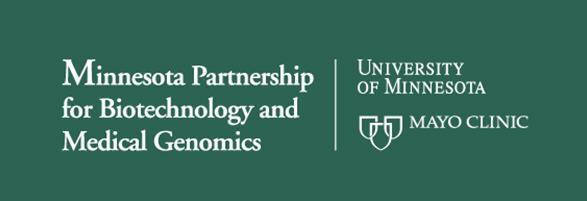-
Three new high-tech tools for state scientists from Minnesota Partnership
 ROCHESTER, Minn. — Biomedical researchers in Minnesota will be able to use some of the latest high tech research tools thanks to the latest infrastructure awards from the Minnesota Partnership for Biotechnology and Medical Genomics. The three projects enable electron microscopy, real-time cell analysis, and antibody research, all of which help scientists seek treatments for multiple diseases. The competitive awards, announced annually, are supported through recurring Partnership funding from the Minnesota legislature.
ROCHESTER, Minn. — Biomedical researchers in Minnesota will be able to use some of the latest high tech research tools thanks to the latest infrastructure awards from the Minnesota Partnership for Biotechnology and Medical Genomics. The three projects enable electron microscopy, real-time cell analysis, and antibody research, all of which help scientists seek treatments for multiple diseases. The competitive awards, announced annually, are supported through recurring Partnership funding from the Minnesota legislature.
Just over $2.5 million has been awarded based on proposals for shared-use infrastructure from three Partnership teams. The funding spans two years and is intended to support the purchase or development of technology that neither the University of Minnesota or Mayo Clinic could have purchased individually. They include:
A facility to study metabolic activity within living cells in real time using two extracellular flux analyzers.
The analysis is useful in research on aging, cancer, neurosciences and metabolic diseases such as diabetes. One instrument will be located at Mayo Clinic and the other at the University of Minnesota. Researchers: Ameeta Kelekar, Ph.D., University of Minnesota; Scott Kaufman, M.D., Ph.D., Mayo Clinic.

MEDIA CONTACT: Bob Nellis, Mayo Clinic Public Affairs, 507-284-5005, newsbureau@mayo.edu
High-resolution electron microscopy.
This type of electron microscope will fill the imaging gap between thin-sectioned transmission electron microscopy and large-scale medical image, such as CT scans and MRI. It will allow researchers to view three-dimensional images of large molecules, aspects of tissue and veins, nervous system synapses and organelles. This technology will be available to researchers at Mayo Clinic, the University of Minnesota campuses in the Twin Cities, Duluth and at the Hormel Institute. Researchers: Jeffrey Salisbury, Ph.D., Mayo Clinic; Claudia Neuhauser, Ph.D., University of Minnesota.
Antibody phage display for monoclonal antibodies.
Antibodies are identified and used not only for potential treatments for various conditions, but also for everything from laboratory reagents to nuclear imaging probes. Antibody phage display is a technique that will help scientists identify antibodies when other methods fail. The processes and support team will be available to researchers at both Mayo Clinic and the University of Minnesota through the Minnesota Antibody Network. Researchers: Aaron LeBeau, Ph.D., University of Minnesota; John Cheville, M.D., Mayo Clinic.
The Minnesota Partnership for Biotechnology and Medical Genomics is a collaboration of the University of Minnesota, Mayo Clinic and the state of Minnesota. To learn more about the Partnership, visit http://www.minnesotapartnership.info.
###
About Mayo Clinic
Mayo Clinic is a nonprofit organization committed to medical research and education, and providing expert, whole-person care to everyone who needs healing. For more information, visit mayoclinic.org/about-mayo-clinic or newsnetwork.mayoclinic.org.







